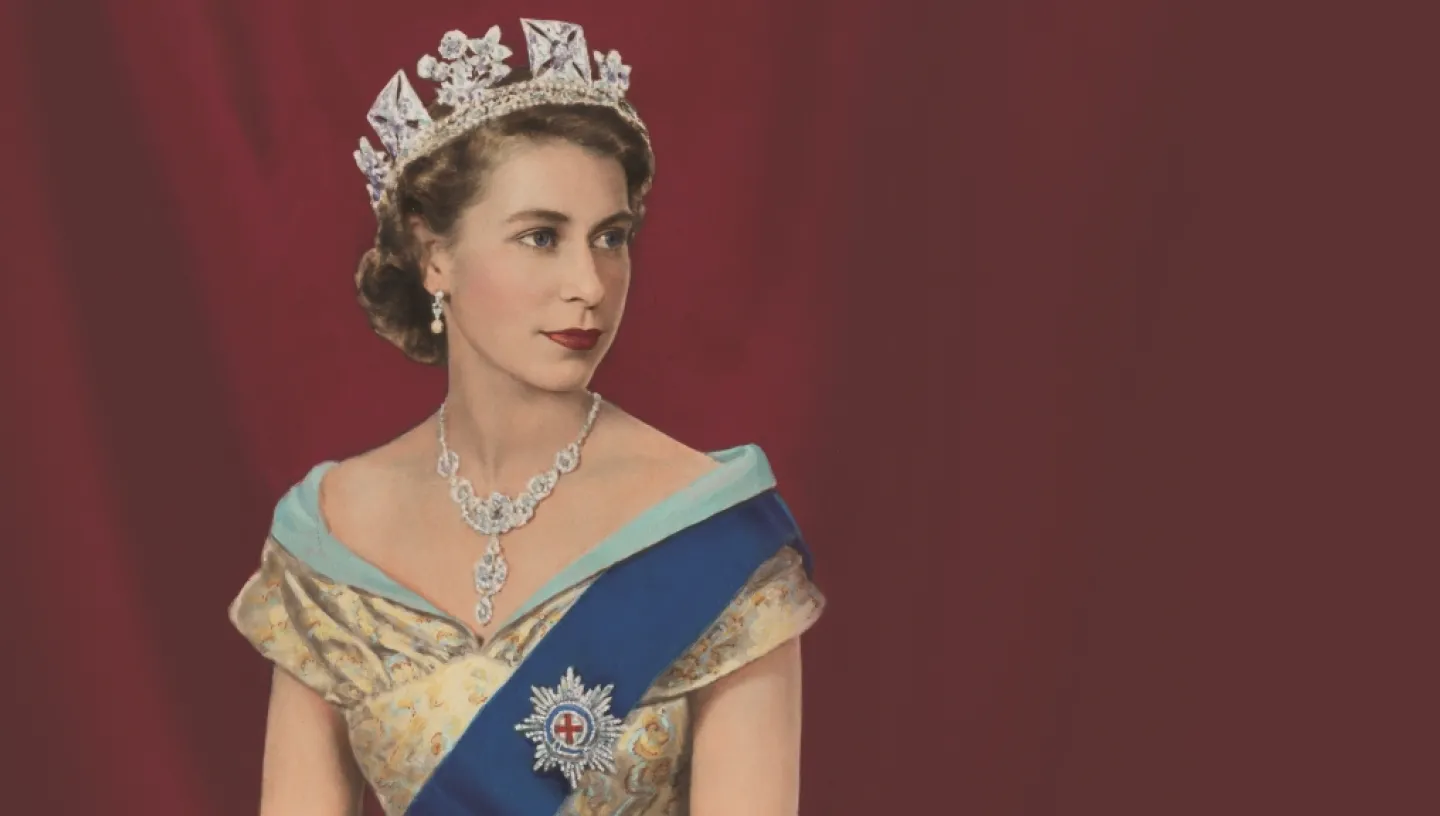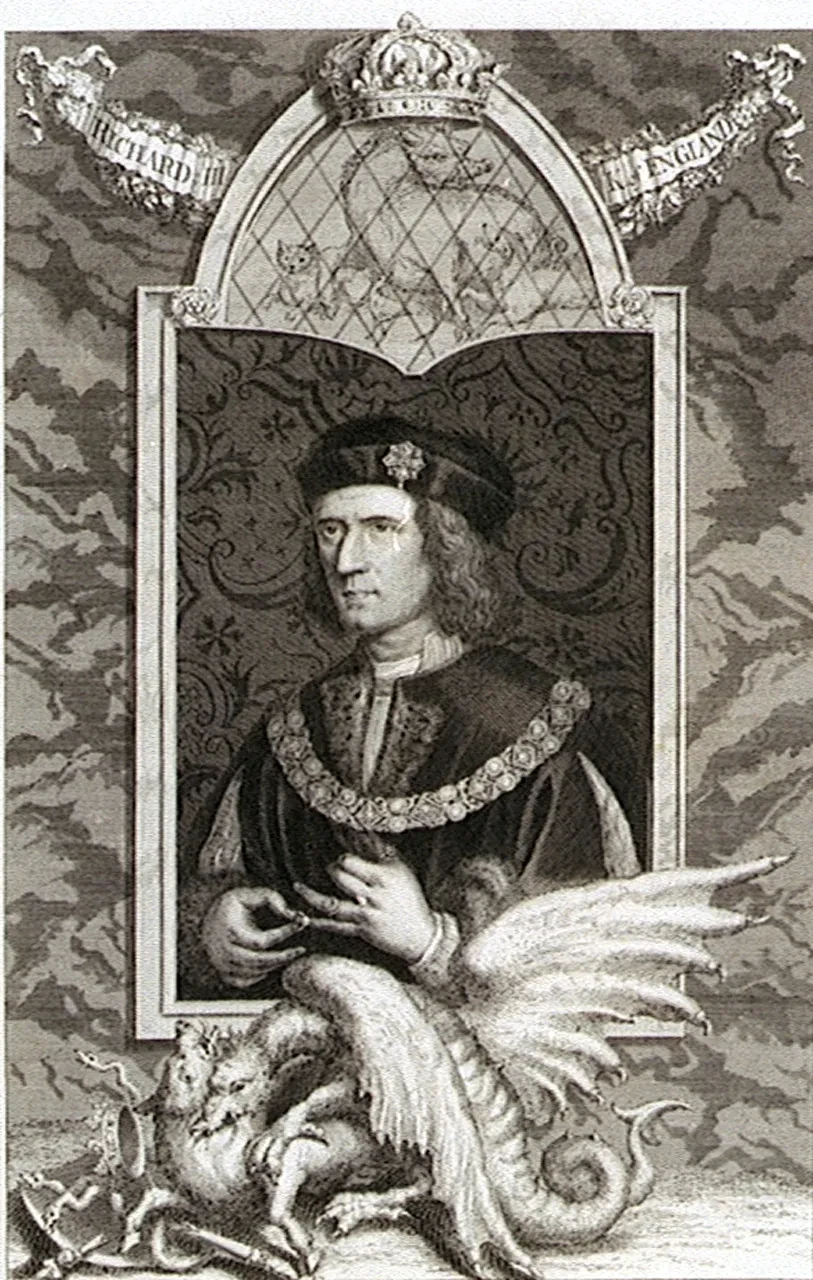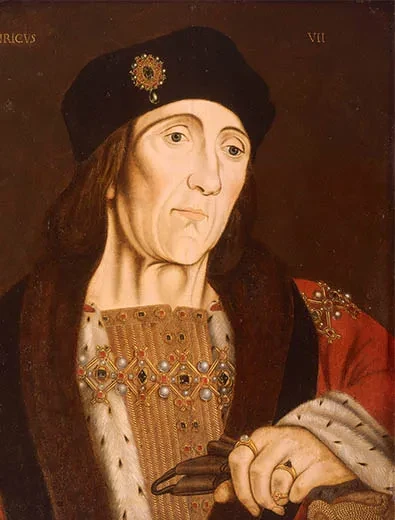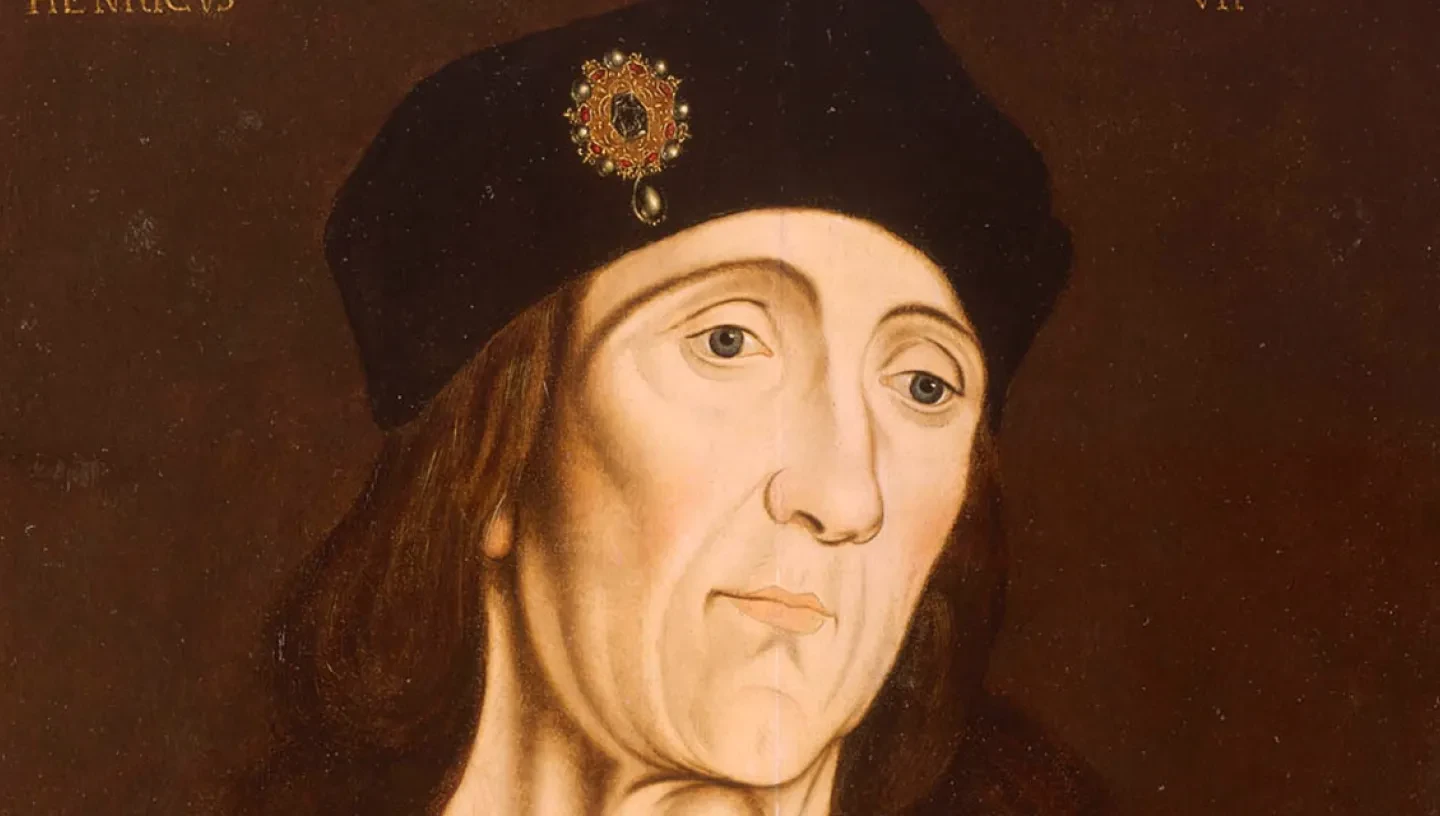
Henry VII is known for being the first Tudor King and for being the father of King Henry VIII. A shrewd king, he gathered huge wealth for the Crown.
When was Henry VII born?
Henry VII was born on 28 January 1457 at Pembroke Castle in Pembrokeshire, Wales. His parents were Edmund Tudor and Margaret Beaufort.
Born during the Wars of the Roses, Henry's early life was turbulent. His father had died in captivity months before Henry's birth, whilst his mother was only 13 when her first and only son was born.
Henry was later taken into the protection of his uncle Jasper, but his childhood continued to be defined by the Yorkist and Lancastrian wars. In 1471, Henry and Jasper escaped to exile in Brittany.
Despite a tenuous claim to the throne, Henry would eventually become the one to end the Wars of the Roses and establish the Tudor dynasty. On 22 August 1485 at the Battle of Bosworth Field, Richard III’s Yorkist army was defeated, Richard was killed, and Henry became King of England.
How did Henry VII die?
Henry VII died on 21 April 1509 at Richmond Palace in Surrey. His death was due to tuberculosis.
Henry was buried in Westminster Abbey next to his wife, Elizabeth of York. Both Henry and Elizabeth are depicted in tomb effigies. These effigies show them with their hands clasped in prayer, a reference to their piety.
Who did Henry VII marry?
Henry VII married Elizabeth of York, daughter of the Yorkist king Edward IV of England. She was the elder sister of ‘the Princes in the Tower’, who mysteriously disappeared after being taken into the care of their uncle, the man who would become Richard III. It is thought that they were killed.
Elizabeth was chosen as a wife for political reasons: in promising to marry her ahead of his arrival in England, Henry gained support from Yorkist enemies of Richard III. This served him well at the Battle of Bosworth Field, and the marriage would help to 'unite' the two warring families following his victory.
Elizabeth gave birth to their first son, Arthur, in September 1486.
How many children did Henry VII have?
Henry and Elizabeth had eight children, but only four survived past childhood.
Henry’s eldest son, Arthur, was first in line to the throne.
When Arthur was born, he was presented as the heir of King Arthur to strengthen Henry’s position as king. Arthur was even christened at Winchester Cathedral, where King Arthur supposedly sat with his Knights of the Round Table.
Arthur was well prepared for the role of King. Because Henry VII had grown up in exile, he wanted to give Arthur the skills and preparation that he had lacked.
Arthur married Catherine of Aragon in 1501. A marriage with the daughter of the King of Spain strengthened the Tudor position and made England appear credible on the world stage.
The wedding between Catherine and Arthur was an extravagant one: royal palaces and St Paul's Cathedral were refurbished, and Catherine arrived by procession.
However, in 1502, Arthur died of a sweating sickness. This left his father in a difficult position. The lack of a male heir old enough to take the throne weakened his rule, particularly given England's bitter recent history of competing claims to the throne. It also meant that the time and effort put into preparing Arthur had been wasted, and that Catherine of Aragon was now without a husband.
Henry VII's younger son (the future Henry VIII) was only ten years old when his brother Arthur died. Despite his father's concerns, the Tudor dynasty would continue with Henry - he would even marry his brother's widow, Catherine, after acceding to the throne.
As for Henry VII's other children, Margaret Tudor became the wife of James IV of Scotland, and Mary Tudor married Louis XII and became Queen of France.
It was the birth of their daughter Catherine, who only lived for one day, that led to Elizabeth of York’s death.
Henry VII timeline
Born: 28 January 1457
Henry’s father, Edmund Tudor, dies: 3 November 1456
Battle of Bosworth Field: 22 August 1485
Coronation as Henry VII: 30 October 1485
Marries Elizabeth of York: 18 January 1486
Arthur born: 20 September 1486
Henry born: 28 June 1491
Arthur dies: 2 April 1502
Elizabeth dies: 11 February 1503
Henry VII dies: 21 April 1509
Facts about Henry VII
Henry VII was the first person to use the red dragon of Cadwaladr as part of his coat arms. This red dragon now features on the Welsh flag.
Henry's ancestors included Welsh nobility, and he made use of these links and the symbol of the red dragon in order to gain support against Richard III.
He was the first Tudor king
Henry was a nephew of the last Lancastrian king, but his claim to the throne was tenuous. By defeating Yorkist armies at the Battle of Bosworth Field, Henry ended the War of the Roses and established a new Tudor dynasty.
The Tudor rose is made up of the white rose of York and the red rose of Lancaster, symbolising the unity of the two warring households.
He tried to marry Catherine of Aragon himself
When his son, Arthur, Prince of Wales, died, Catherine of Aragon’s father wanted back the dowry that he had paid.
Henry did not want to give up the money and suggested that he marry Catherine himself. This was met with anger, and eventually Catherine married Henry’s second son, who would become Henry VIII.
Find out more about Henry VIII's wives
His claim to the throne was challenged
A man named Perkin Warbeck came forward, claiming to be Richard of Shrewsbury, Duke of York – one of the ‘Princes in the Tower’. Warbeck made several attempts to invade England, but Henry was adamant that Warbeck was an impostor. Henry also faced numerous plots and conspiracies during his reign as he sought to cement his authority following victory against Richard III.
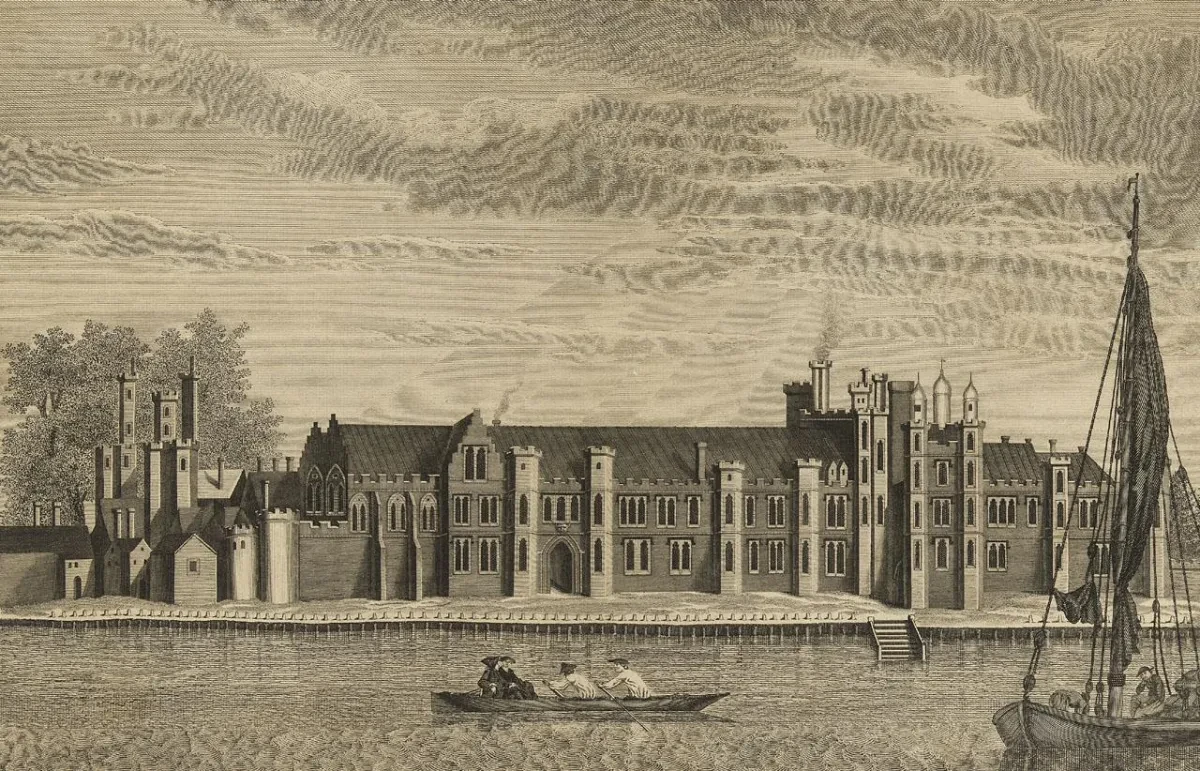
Henry VII: the Greenwich connection
Henry VII extended the Palace of Placentia, transforming it into a Tudor favourite and a retreat from the City of London. It’s here that Henry VIII was born.
Find out more about royal history and Greenwich
